While space is quite amazing and impressive, this isn’t a list discussing its marvelous aspects or the thrilling discoveries already made and those underway in the cosmic expanse. Instead, this compiles a number of facts that are utterly unimportant or random. Nevertheless, to the budding astronomer, these facts are quite fascinating. For instance, did you know South Korea invested a million dollars to create odorless kimchi? Or the count of human remains that have been sent to the celestial world? Or the existence of a vapor cloud containing water, which is 140 trillion times more abundant than the total water in our oceans? From the expense of a NASA spacesuit to a planetary body that is essentially a gigantic engagement ring, there are numerous space facts that, while fascinating, haven’t significantly contributed to our astronomical knowledge or are utterly trivial. Have fun exploring the triviality in this list of 25 Unimportant But Fascinating Space Facts.
Cover Image CC via Wikipedia

Changing tastes among the stars
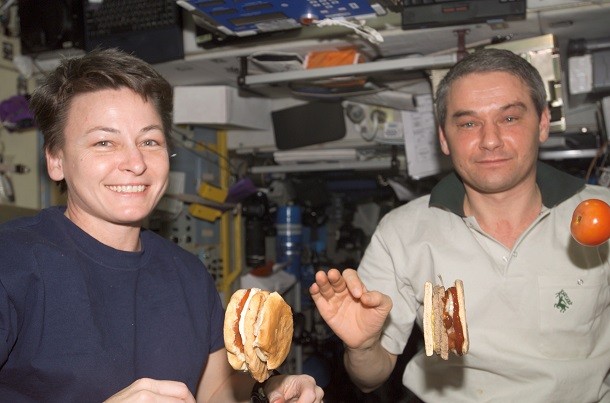 Source: Chicago Tribune, Image: Wikipedia
Source: Chicago Tribune, Image: Wikipedia Astronauts’ food preferences change when they’re floating around space. International Space Station astronaut Peggy Whitson says her favorite Earth food, shrimp, is positively revolting to her in space.
An ungrateful prize committee
 Source: Chicago Tribune, Image: hubble_esa via Flickr
Source: Chicago Tribune, Image: hubble_esa via Flickr One of the most influential cosmologists in history, Edwin Hubble has a crater, planetarium, asteroid, and even the famous Hubble Space Telescope named after him. Despite his contributions to the field of astronomy, Hubble never received the Nobel Prize because the Nobel Committee did not have a category for astronomy and refused to include astronomy with physics at the time.
A suit way pricier than Versace
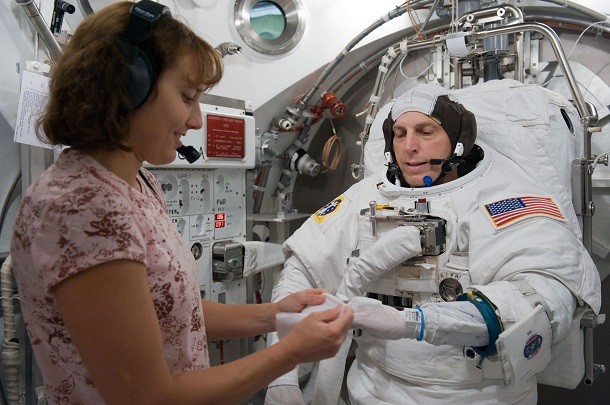 Source: The Planets, Image: Wikimedia
Source: The Planets, Image: Wikimedia A useless space fact for us but useful for the finance team, the cost of an entire NASA space suit is 12 million dollars.
Neil Armstrong wasn't born to be an actor
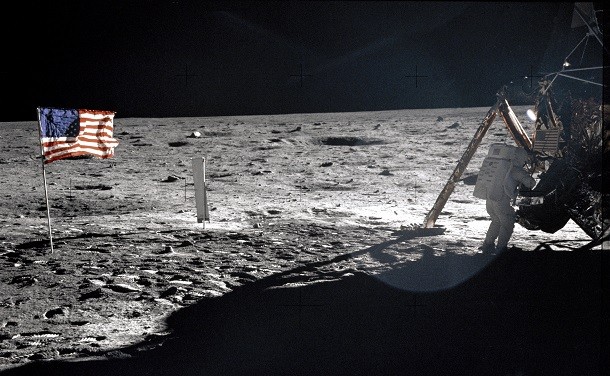 Source: Chicago Tribune, Image: Wikimedia
Source: Chicago Tribune, Image: Wikimedia Actors have plenty of lines to remember and only rarely mess one up. Neil Armstrong had one line to say when he became the first man on the moon and he botched it. Armstrong was supposed to say “That’s one small step for a man, one giant leap for mankind.” He left out the “a”, making the sentence redundant.
Betelgeuse! Betelgeuse! Betel…
 Source: Freeman Institute, Image: Wikipedia
Source: Freeman Institute, Image: Wikipedia The popularly-cited star (and a name you shouldn’t try to say three times), Betelgeuse is a red star that is so massive its diameter is larger than the diameter of Earth’s entire orbit around our best-known star, the sun.
How likely we are to get hit with space debris
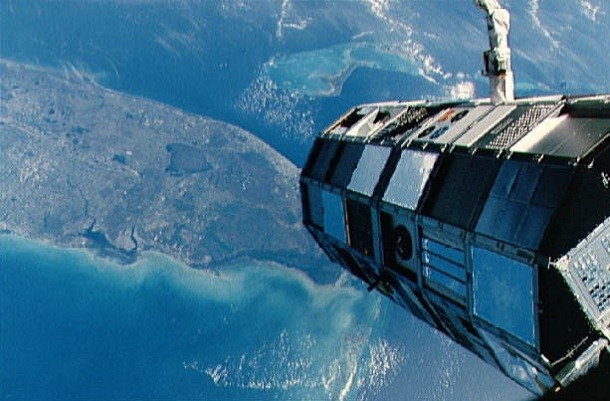 Source: European Space Agency, Image: Wikipedia
Source: European Space Agency, Image: Wikipedia Our annual risk of getting seriously injured by a piece of space debris entering the atmosphere and landing on Earth is 1 in 100 billion. If you’re worried about 1,000 ways you could die, this might not be so useless a space fact after all.
Massive celestial bodies
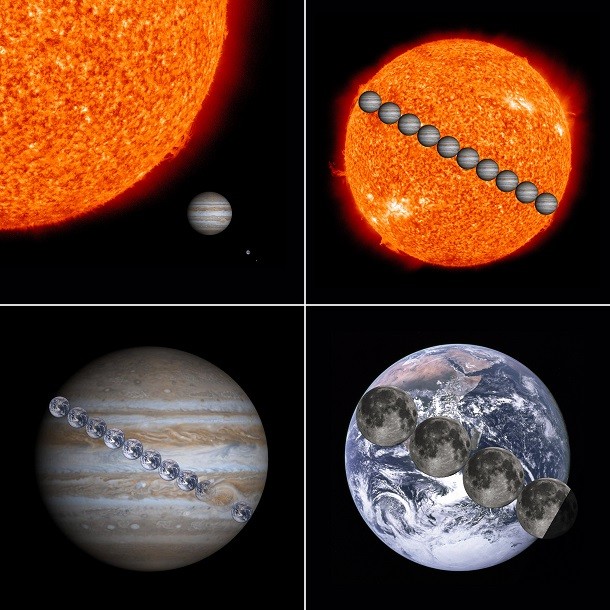 Source: Space Facts & The Planets, Image: Wikimedia
Source: Space Facts & The Planets, Image: Wikimedia Jupiter’s mass is 2.5 times greater than that of all the other solar system planets combined. Despite this useless fact, an even more useless one may be that the sun makes up 99.86% of the mass in the entire solar system.
Water can miraculously float around space
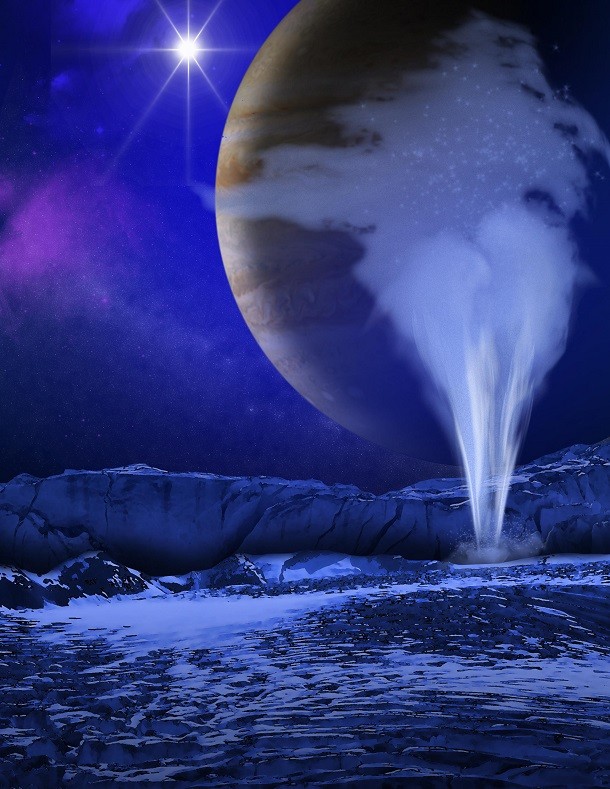 Source: The Planets, Image: Wikipedia
Source: The Planets, Image: Wikipedia In a galaxy far, far away – about 10 billion light years to be more precise – a massive vapor cloud is home to water with a mass 140 trillion times greater than the mass of all the water in Earth’s oceans.
Volume of the moon in comparison to the Earth
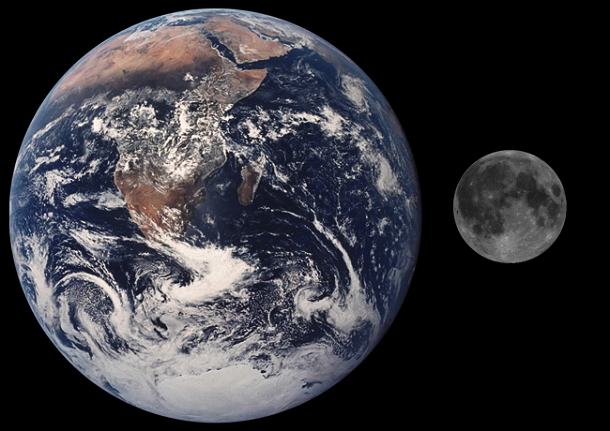 Source: Freeman Institute, Image: Wikimedia
Source: Freeman Institute, Image: Wikimedia Compared to Earth bodies, the volume of the moon would roughly equal the volume of the Pacific Ocean. Maybe an interesting fact, definitely a useless fact.
A 10 decillion-carat diamond
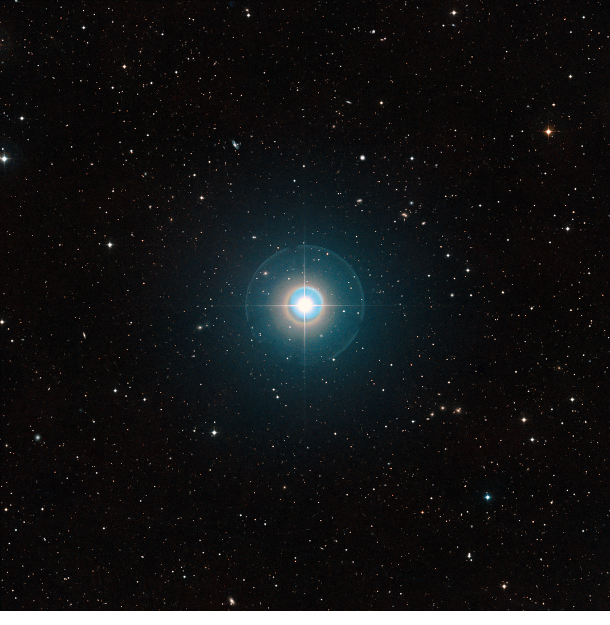 Source: Chicago Tribune, Image: Wikipedia
Source: Chicago Tribune, Image: Wikipedia Nicknamed Lucy, star BPM 37093 is a white dwarf star about 20 light years from Earth. (That’s pretty close, relatively speaking.) Kim Kardashian may want to consider visiting the star since it is a massive diamond the size of our moon. If assessed by jewelers, the diamond would be 10 decillion carats or, numerically, 10,000,000,000,000,000,000,000,000,000,000,000 carats.
The Sombrero Galaxy
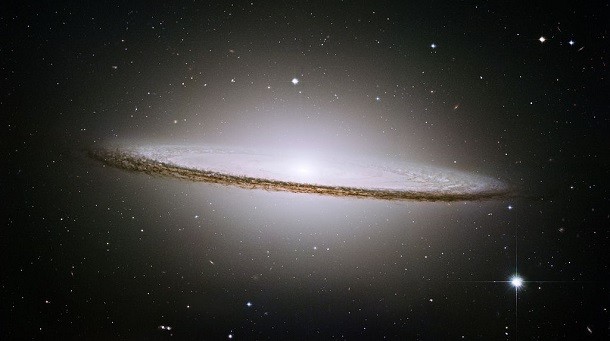 Source: Space Facts, Image: Wikipedia
Source: Space Facts, Image: Wikipedia There’s a galaxy about 28 million light years from earth that looks like – you guessed it – a Mexican sombrero. With a dark sky and strong binoculars, the galaxy can be seen from Earth.
Where Mars gets its name
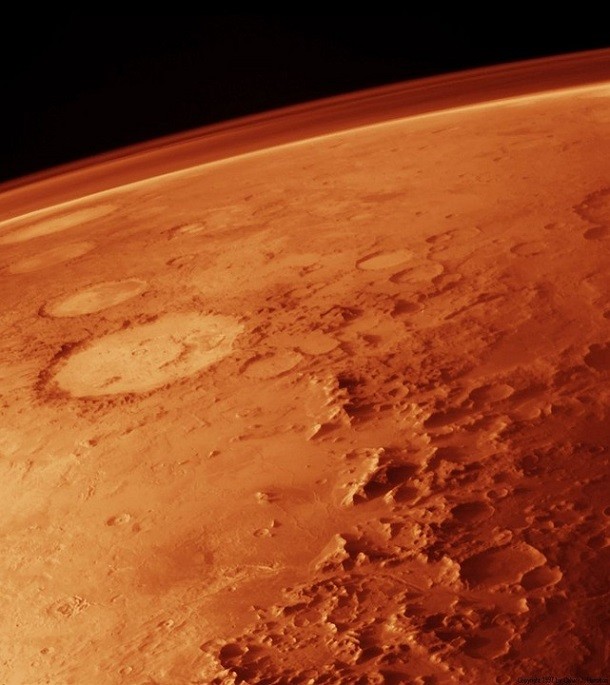 Source: Space Facts, Image: Pixabay
Source: Space Facts, Image: Pixabay Mars’ surface is rich in iron, giving it a reddish color. This composition has led to cultures as far back as the Egyptians naming it after the color. The Egyptians named it Her Desher (“the red one”), the Chinese named it “fire star”, and the Romans named it Mars, after their god of war (equivalent to Ares in Greek mythology).
Astronauts' special pre-liftoff diets
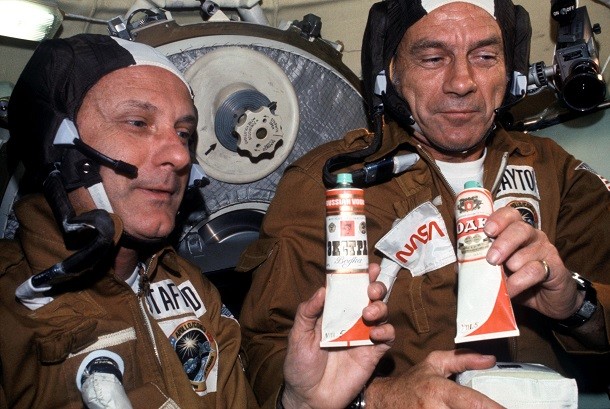 Source: Freeman Institute, Image: Wikipedia
Source: Freeman Institute, Image: Wikipedia Astronauts are on strict dietary regiments before blasting off, one of which includes eliminating beans from their diets. Apparently scientists haven’t yet found a way for space suits to deal with passing gas.
A year on Venus is shorter than a day on Venus
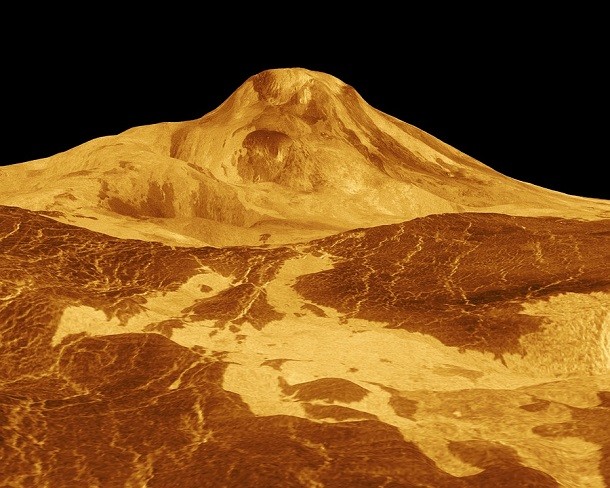 Source: The Planets, Image: Pixabay
Source: The Planets, Image: Pixabay Venus orbits the sun faster than our own Blue Planet, but it spins remarkably slower. It takes the planet 225 Earth days to make one full rotation around the sun but 243 Earth days to make a complete turn on its axis. Thus, a year on Venus is shorter than a day.
A close call for Apollo 11
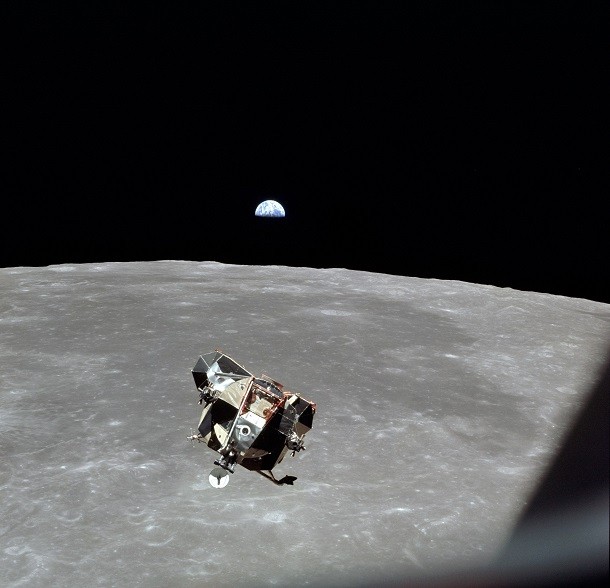 Source: Space.com, Image: Wikimedia
Source: Space.com, Image: Wikimedia Apollo 11, the spacecraft which transported Neil Armstrong, Buzz Aldrin, and Michael Collins to the moon landed on the lunar surface with only 20 seconds of fuel remaining.
A smaller star with a larger mass
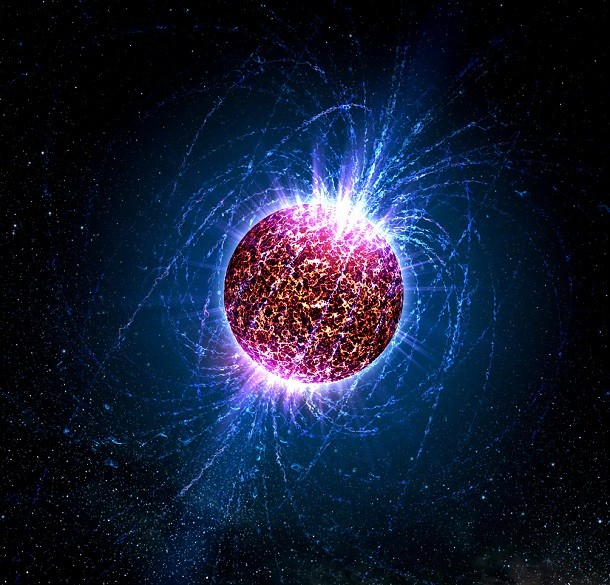 Source: The Planets, Image: Wikimedia
Source: The Planets, Image: Wikimedia The densest and tiniest stars which have so far been found, neutron stars can have a mass many times that of our sun while being only 12.4 miles (20 km) across.
How Jovian and jovial are related but aren't
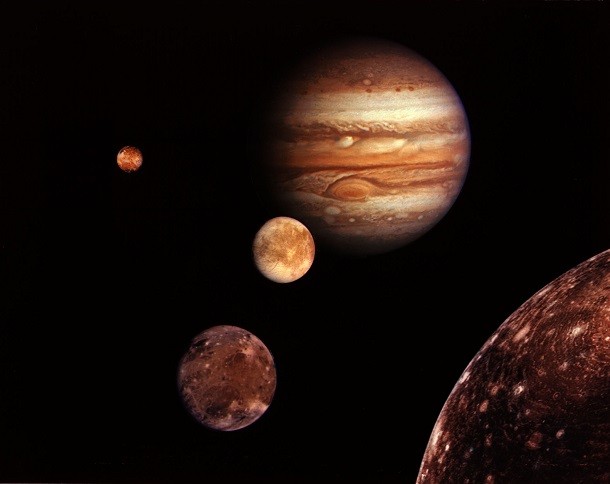 Source: Chicago Tribune, Image: Wikimedia
Source: Chicago Tribune, Image: Wikimedia Jupiter is a Jovian planet, meaning it’s made primarily of gases rather than of solid matter. On the other hand, jovial (a word meaning cheerful) comes from Jove, an alternative name for the god Jupiter, so Jovian and jovial are definitionally unrelated.
What would happen if the Earth stopped spinning
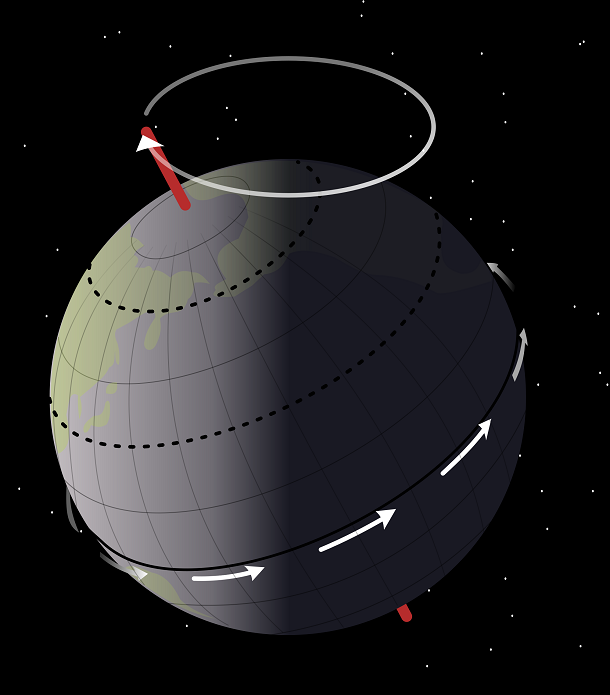 Source: Universe Today, Image: Wikipedia
Source: Universe Today, Image: Wikipedia Though gravity keeps us with our feet on the planet’s surface, if standing on the equator, we’re each shooting through space at 1,040 miles per hour (1,674 kmh). A transoceanic Boeing 777 can only reach top speeds of 590 miles per hour. If the Earth magically stopped spinning, we wouldn’t all be hurtled into space, though, as Earth’s escape velocity is 25,020 miles per hour (40,000 kmh).
Our galaxy is about to crash into another one
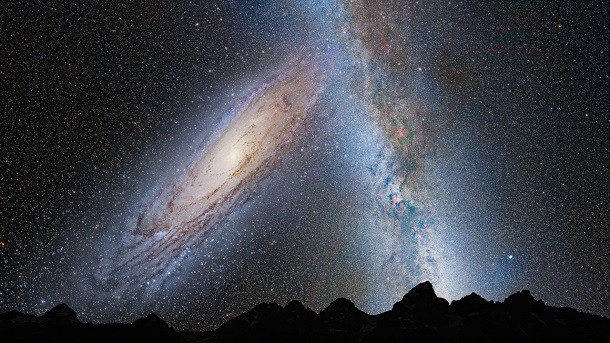 Source: The Planets, Image: Wikipedia
Source: The Planets, Image: Wikipedia Well, “about to crash” could be relative. The Andromeda Galaxy is on a collision course for our own at a speed of 68 miles per second (110 km/s). Despite the speed, this space fact is pretty irrelevant as it won’t happen for another four billion years.
The most expensive kimchi ever made
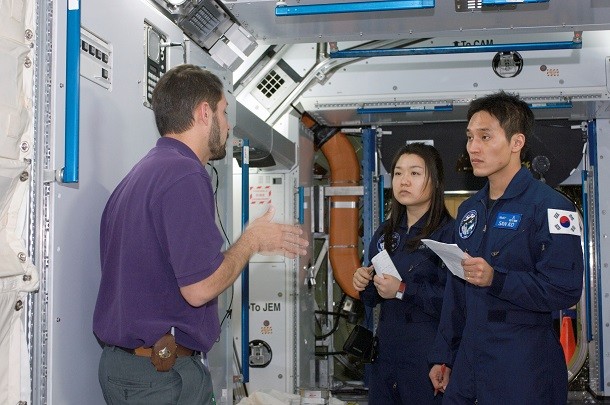 Source: Chicago Tribune, Image: Wikipedia
Source: Chicago Tribune, Image: Wikipedia One of South Korea’s best-known culinary exports, kimchi was brought aboard the International Space Station in 2008 by astronaut Yi So-yeon. Before he blasted off with the pickled cabbage, the South Korean government spent over a million dollars to ensure the smell wouldn’t be too acrid for the other astronauts.
Metal can instantly fuse in space
 Source: The Planets, Image: Wikipedia
Source: The Planets, Image: Wikipedia A useless space fact for anyone who’s not a space welder, if two particles or pieces of the same kind of metal (e.g. aluminum, copper, etc.) come into contact while in space, they will immediately fuse together. Referred to as cold welding, the objects will bond because their atoms have nothing in between (such as air or water) to hold them apart.
The lasting footprints on the moon
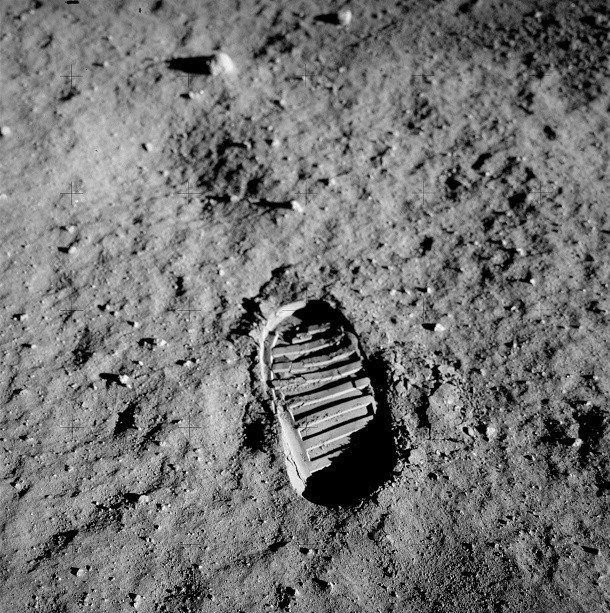 Source: The Planets, Image: Wikipedia
Source: The Planets, Image: Wikipedia Any footprint which astronauts who have landed on the moon left in the lunar surface will remain there for millions of years. Since the moon has no atmosphere, neither wind nor water can wipe the prints off.
The sun also orbits another body
 Source: The Planets, Image: Wikipedia
Source: The Planets, Image: Wikipedia Though we generally only think of the planets orbiting the sun, our most famous star is also in orbit – around the center of the Milky Way Galaxy.
It's impossible to know how many stars exist
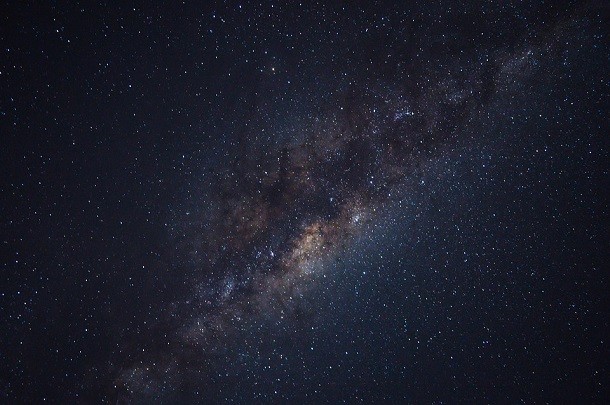 Source: The Planets, Image: Pixabay
Source: The Planets, Image: Pixabay Astronomers are able to estimate, with a huge margin of error, how many stars are in our own galaxy, the Milky Way. This number stands between 200-400 billion stars. We’re constantly discovering new galaxies and, with billions of galaxies expected to exist, it’s impossible to estimate the number of stars in the universe.
Human ashes in space
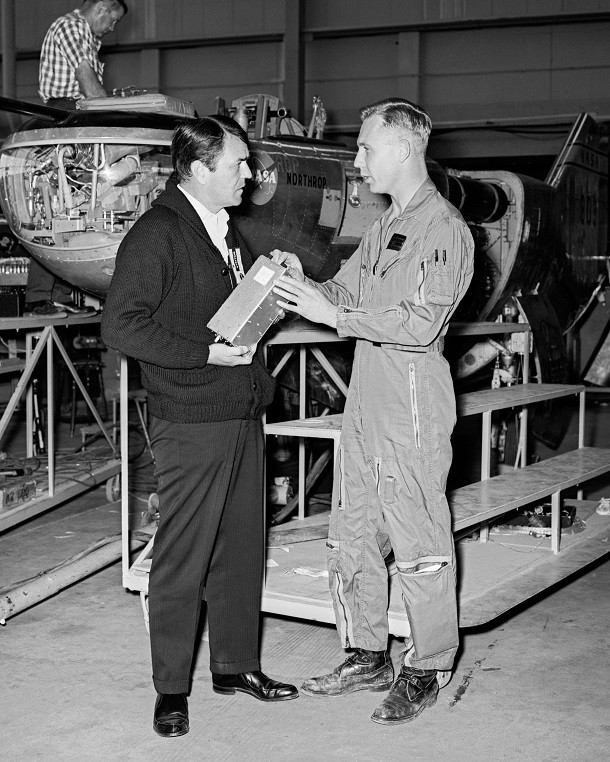 Source: Chicago Tribune, Image: Wikipedia
Source: Chicago Tribune, Image: Wikipedia Over 100 humans have had their ashes launched into space, including Gene Roddenberry (Star Trek creator) and Timothy Leary (an American psychologist and advocate for psychedelic drugs). Clyde Tombaugh was the first person to discover Pluto and his ashes will have been the first to leave the solar system after passing by Pluto in 2015.



























